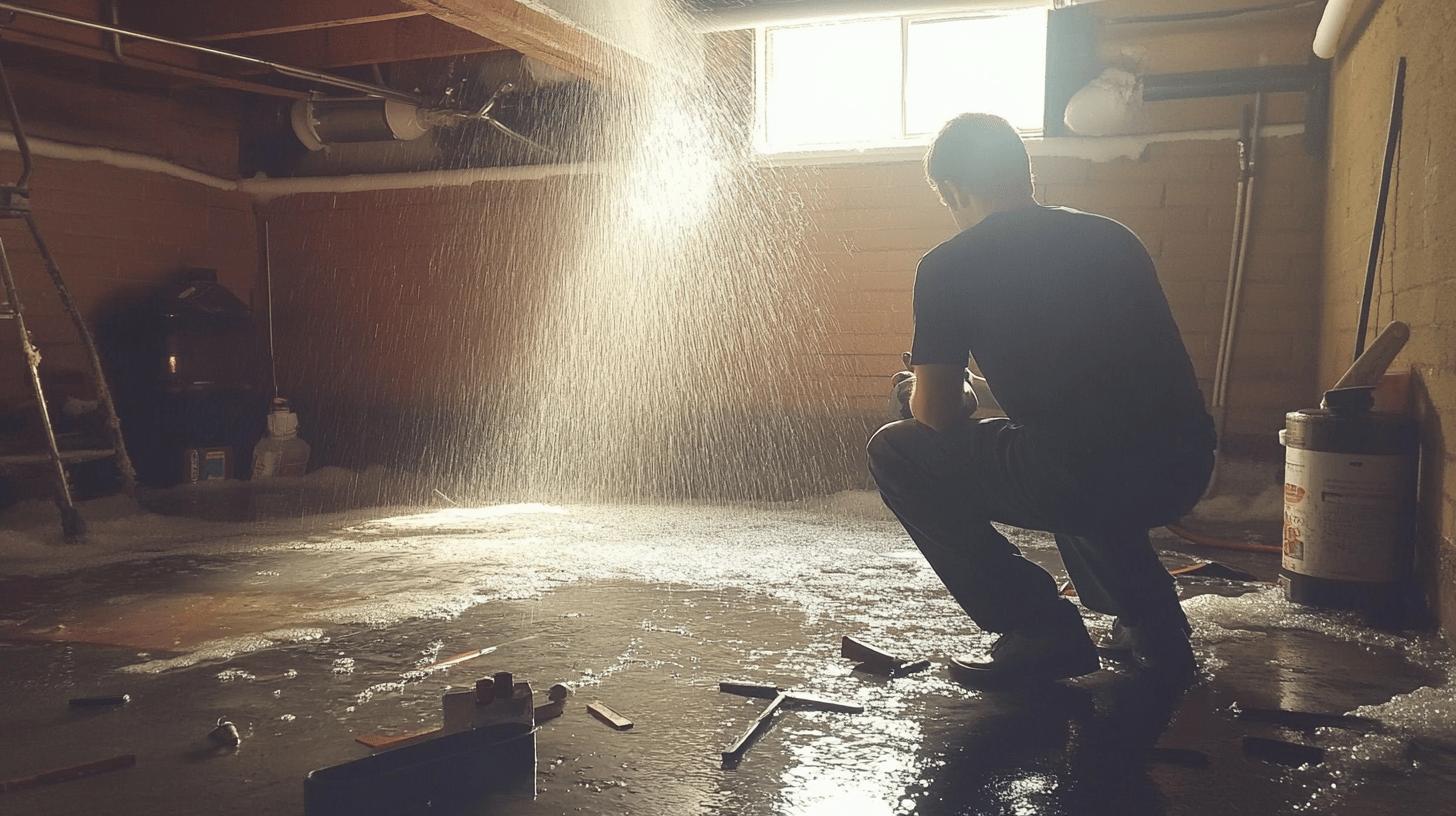TL;DR:
- Immediate Steps: Turn off main water supply, open nearby faucets, move valuables, remove water, use fans and dehumidifiers.
- Common Causes: Poor insulation, sudden temperature changes, blocked pipes, increased water pressure.
- Repair Methods: Push-connect fitting (permanent), silicone tape (temporary), epoxy putty (small leaks), split-sleeve clamp (larger leaks).
- Repair Costs: Average $500; $150-$250 per linear foot (simple), $300-$500 (complex), $1,000-$2,000+ (water damage), $500-$1,500 (frozen pipes).
- Prevention: Insulate pipes, monitor water pressure (40-60 psi), regular maintenance, keep water running in cold, disconnect outdoor hoses.
- When to Call: For professional help to prevent further damage and ensure proper repair.
A burst pipe can be a total disaster—but what if you could minimize the damage quickly? Knowing what to do right away can save your home from serious water damage and costly repairs. In this guide, we’ll cover the key steps to take when dealing with a burst pipe. By acting fast, you can protect your property and avoid extra stress and expenses. Stick around to learn the essential actions you need to take right now.
Immediate Steps to Take for Burst Pipe Repair
When a pipe bursts, acting quickly is key to preventing major damage to your home. Water can cause a lot of harm in a short time, so it’s important to move fast and efficiently.
First, turn off the water supply to stop more water from leaking. Find your home’s main shut-off valve and turn it clockwise. Then, figure out where the leak is coming from and check the damage. If it’s a small leak, you can use temporary fixes like duct tape or a rubber gasket to keep it contained. But remember, these are just short-term solutions, so you should call a professional plumber for a permanent fix. Also, don’t forget to contact your insurance company to report the situation and get advice on what to do next.
To mitigate water damage, follow these emergency measures:
- Shut off the main water valve immediately.
- Open nearby faucets to drain the remaining water.
- Move furniture and valuables away from the affected area.
- Use towels or a wet/dry vacuum to remove as much water as possible.
- Set up fans and dehumidifiers to dry out the area.
Finally, it’s really important to call a professional plumber to take care of the repair. Trying to fix a burst pipe on your own without the right tools and know-how can make things worse and cost you more. Professional plumbers have the experience and equipment to solve the problem quickly and effectively.
Common Causes of Burst Pipes
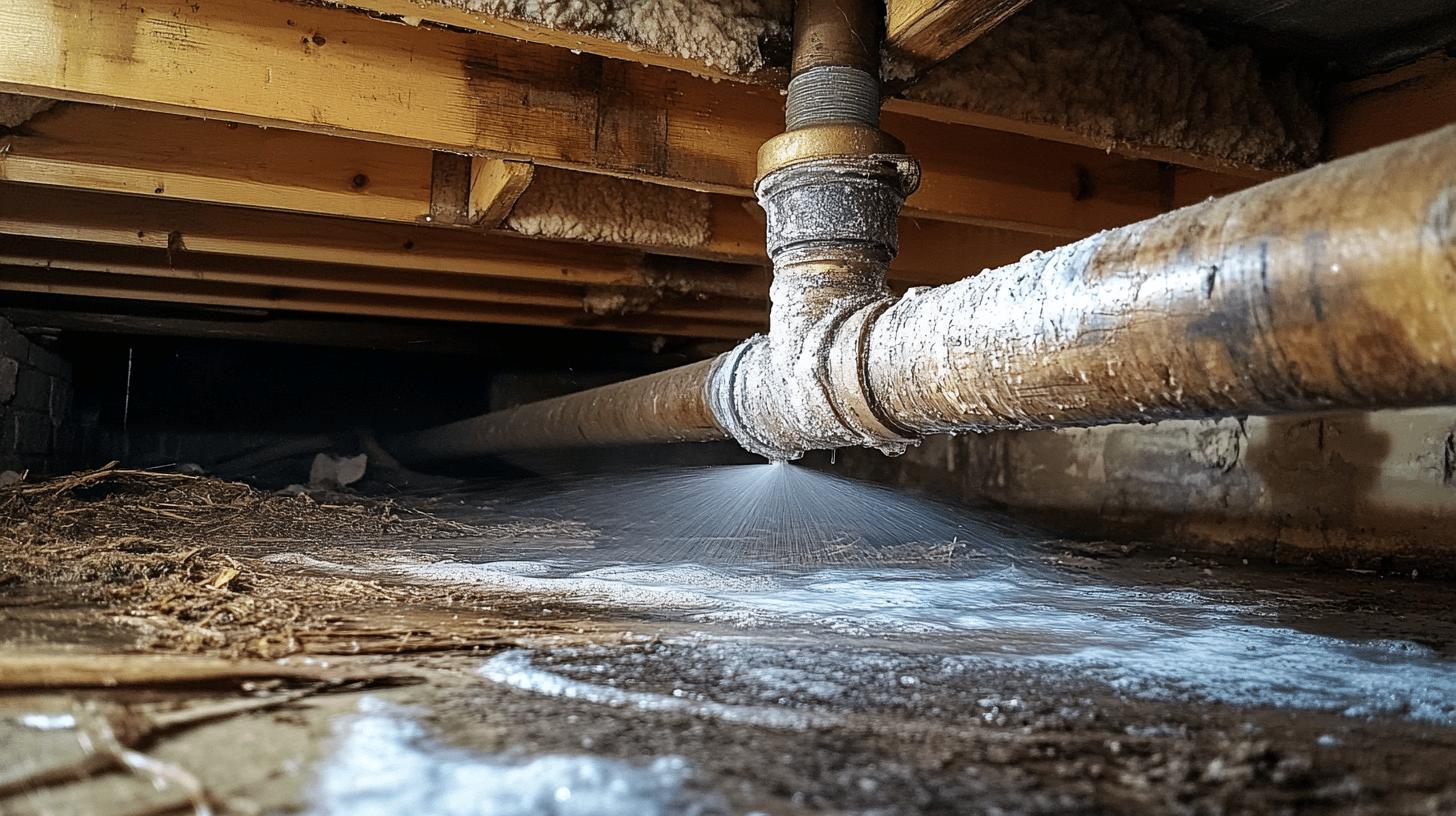
Understanding why pipes burst can help you protect your home. Burst pipes often result from poor insulation, sudden temperature changes, blocked pipes, and increased water pressure, all of which can stress your plumbing system.
Poor insulation makes pipes more likely to freeze, especially in cold climates. When water freezes, it expands by about 9%, which can lead to bursts, particularly during freezing temperatures with wind.
Sudden temperature drops can cause water in pipes to freeze and expand, leading to cracks and potential flooding. Blocked pipes from food scraps or grease can create pressure buildup that might rupture the pipe.
Increased water pressure can weaken older pipes over time. Keeping an eye on your water pressure and ensuring it stays safe can help prevent bursts.
| Cause | Description |
|---|---|
| Poor Insulation | Inadequate insulation makes pipes more susceptible to freezing, especially in harsh winters. |
| Sudden Temperature Changes | Rapid drops in temperature can cause water inside pipes to freeze and expand, leading to bursts. |
| Blocked Pipes | Clogs from food scraps, grease, or debris can increase pressure and cause pipes to rupture. |
| Increased Water Pressure | High water pressure can weaken old or compromised pipes, making them prone to bursts. |
How to Repair a Burst Pipe: Step-by-Step Guide
When you have a burst pipe, the first thing you need to do is turn off the water supply. Find your main shut-off valve and turn it clockwise to stop the water from flowing. This will help prevent more flooding and let you check the damage safely so you can get ready for repairs.
Push-Connect Fitting
Push-connect fittings are a great way to make a permanent repair. They let you replace the damaged part of the pipe without having to solder. Just cut out the burst section, clean the ends, and push the fitting onto the pipe until you hear it click. It’s a fast and dependable method that’s perfect for anyone looking for a long-lasting fix.
Silicone Tape
For a quick fix, silicone tape can be a game changer. Just wrap it tightly around the cracked area, stretching it as you go to activate its self-fusing abilities. This creates a watertight seal that can hold until you can get a permanent repair done. Silicone tape works especially well for small cracks and leaks.
Epoxy Putty
Epoxy putty is super handy and works on both wet and dry pipes. To use it, cut off a small piece and knead it until it’s soft. Then, press it directly onto the leak, making sure it sticks well to the pipe. Let it cure as the instructions say. This method is great for small leaks and gives you a strong, long-lasting repair.
Split-Sleeve Clamp
A split-sleeve clamp is another solid option, especially for holding a rubber gasket around the broken pipe. To use it, first, place the rubber gasket over the damaged area, then put the split-sleeve clamp around it. Tighten the screws on the clamp to hold everything in place. This method works well for bigger leaks and provides a strong fix.
By following these steps, you can handle a burst pipe and reduce water damage. Just remember, while these quick fixes are helpful, it’s best to call a professional plumber for permanent repairs.
Cost of Burst Pipe Repair
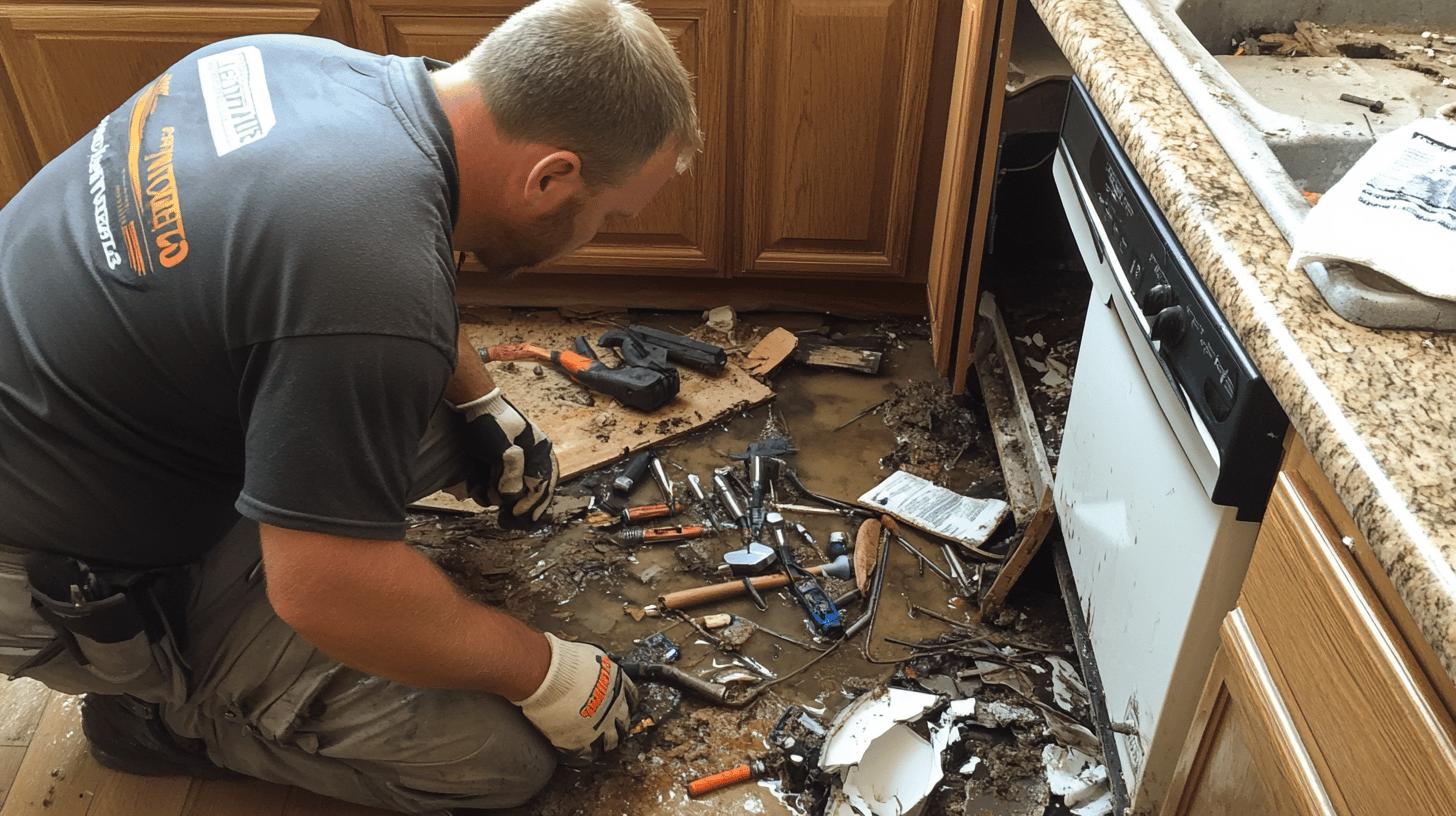
Understanding the costs of fixing a burst pipe is important for homeowners. Repairing a burst pipe can catch you off guard financially, so knowing what to expect can help you prepare.
On average, fixing a burst pipe costs about $500, with most repairs ranging from $150 to $250 per linear foot of damaged pipe. Several factors can affect these costs, like how complicated the repair is and any extra damage the burst caused. If the pipe is in a hard-to-reach spot or has led to serious water damage, the costs can go up. Repairs for frozen pipes are usually pricier, too, because they require special services to fix the freezing problem and prevent it from happening again.
Here are specific repair scenarios and their associated costs:
- Simple repair in an accessible area: $150-$250 per linear foot
- Complex repair in a hard-to-reach area: $300-$500 per linear foot
- Repairs involving significant water damage: $1,000-$2,000+
- Frozen pipe burst repair: $500-$1,500+
To keep costs in check, reach out to your insurance company as soon as you can. Most homeowner policies cover burst pipe repairs, but you need to report the situation and follow their guidelines to make sure you’re covered. This can help ease some of the financial stress that comes with these surprise repairs.
Preventative Measures to Avoid Burst Pipes
Preventing burst pipes is essential for avoiding costly repairs and water damage. Here are some easy steps to reduce the risk:
First, insulate your pipes to maintain a steady temperature and prevent freezing in cold weather. Use foam insulation sleeves, especially on pipes in unheated areas like basements and attics.
Next, monitor your water pressure. High pressure can stress pipes and lead to bursts. Use a water pressure gauge to ensure it stays between 40-60 psi. If it’s too high, consider installing a pressure regulator.
Finally, schedule regular maintenance with a professional plumber to identify weak spots before they become major issues. Catching problems early can help you avoid burst pipes in the future.
To further minimize the risk, follow these additional tips for preventing burst pipes:
- Keep water running during extremely cold weather to prevent freezing.
- Seal any cracks or openings in walls and foundations near pipes.
- Disconnect and drain outdoor hoses before the winter season.
- Install frost-proof spigots on exterior faucets.
- Regularly check for leaks and repair them promptly.
By taking these preventive steps, you can safeguard your home from the hassle and costs associated with burst pipes.
When to Call a Professional Plumber for Burst Pipe Repair
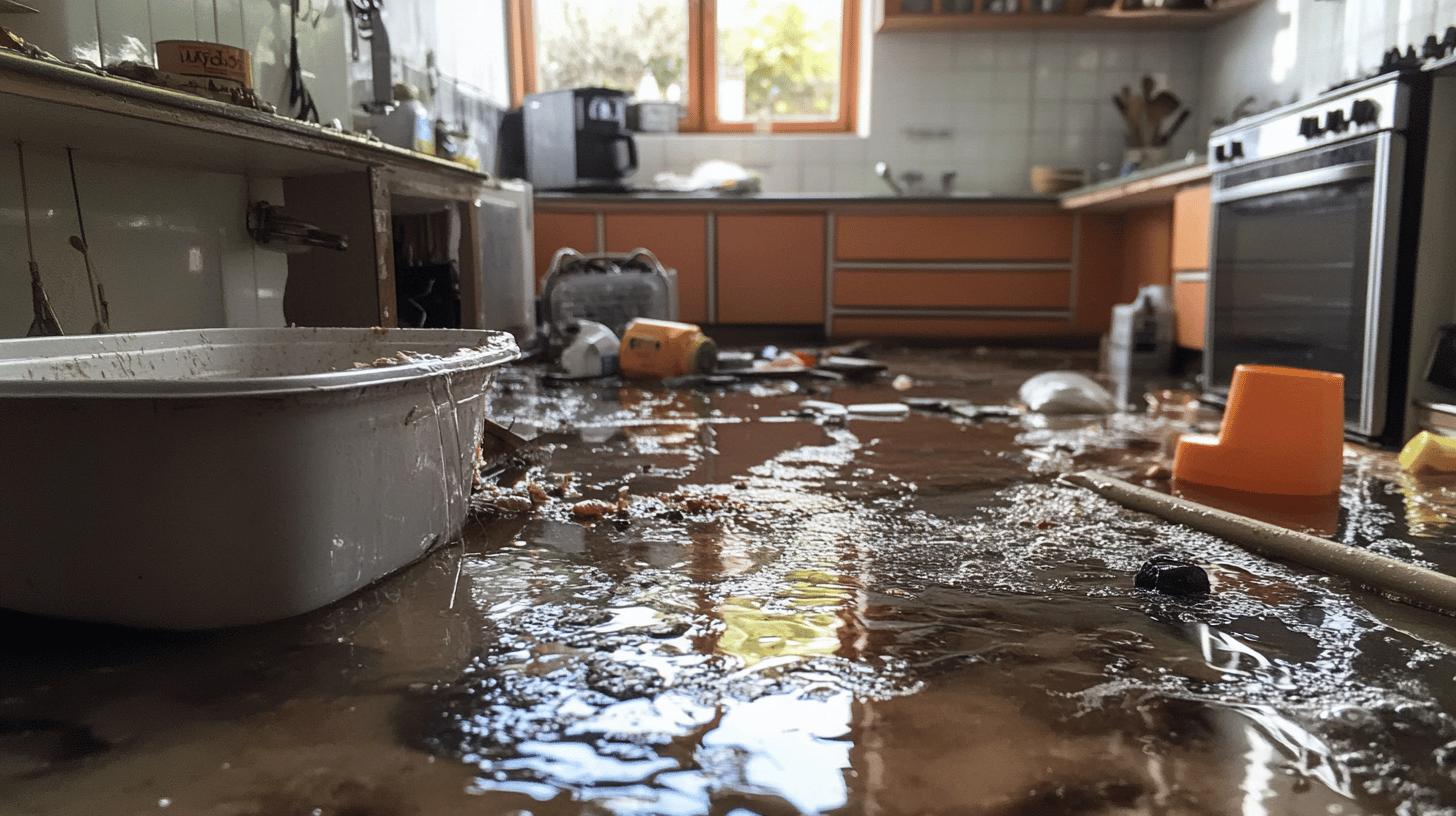
If you have a burst pipe, don’t hesitate—call a professional plumber immediately to prevent serious damage. They have the right tools and skills to handle repairs quickly and efficiently. Trying to fix it yourself might make things worse and cost you more in the long run.
Hiring a pro has many benefits. They respond quickly, especially in emergencies, helping you catch the problem early. Their expertise allows them to identify and fix issues you might overlook, plus they can offer lasting solutions to minimize future bursts and save you from repeated repairs.
Here are some emergency plumbing services you can contact:
- Rescue Plumbing
Emergency plumbing services in Chicago
Contact: (773) 799-8848 - 24/7 Plumbing Services
Nationwide emergency services
Contact: (800) 123-4567 - Quick Fix Plumbing
Local residential plumbing services
Contact: (555) 987-6543
Final Words
When you’re dealing with a burst pipe, acting fast is key to limiting damage. You’ve learned how to turn off the water supply, secure the area, and check for temporary fixes. We covered common causes like poor insulation and high water pressure so you can understand why pipes burst in the first place.
We also shared step-by-step repair methods using things like push-connect fittings and epoxy putty. Plus, you learned about repair costs and how to prevent these issues in the future.
Always reach out to a professional plumber for thorough repairs to ensure a lasting solution. By taking these steps, you can protect your home and keep your plumbing system running smoothly.
FAQ
Burst Pipe Repair Near Me
A: To find a burst pipe repair service near you, search online for local plumbers and check reviews. Ask neighbors or friends for recommendations.
Burst Pipe Repair Cost
A: The average cost of repairing a burst pipe is around $500. Costs can range between $150 and $250 per linear foot. Complex repairs may cost more.
How to Fix a Busted Water Pipe Outside
A: Turn off the main water supply. Identify the leak, then use a rubber gasket or clamp as a temporary fix. Contact a plumber for permanent repair.
Broken Pipe Repair Kit
A: Broken pipe repair kits often include rubber gaskets, clamps, and epoxy putty. They offer temporary fixes but consult a professional for long-term solutions.
How to Fix a Broken Water Pipe Underground
A: Shut off the water supply. Excavate around the pipe to access it. Use repair clamps or couplers to fix the damaged section. Consider calling a plumber for precision.
